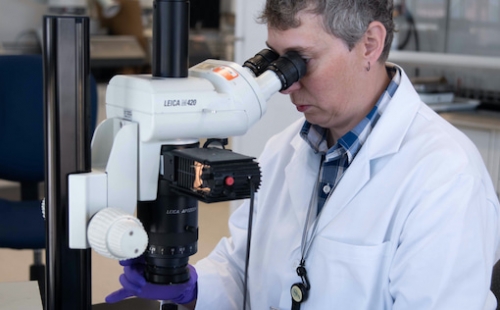
Keratinocytes and neutrophils are important sources of proinflammatory molecules in hidradenitis suppurativa
October 5, 2015
First published: 05 October 2015
British Journal of Dermatology, 174, 514–521, March 2016
Summary
Hidradenitis suppurativa is a chronic and painful disease in which there is inflammation in areas of the bigger body folds, mainly in the armpits and groins. It is still not clear why some people get this disease, but it is thought the immune system is involved. The researchers examined 34 skin samples from 22 patients with HS, including specimens both from lesional skin (i.e. where lesions are present) and perilesional skin (i.e. healthy-appearing skin biopsied at a distance of 2 cm from diseased skin). It is known that people with HS have increased levels of certain proteins, called interleukin (IL)-17 and IL-1β, in areas of skin with HS lesions, and these proteins contribute to inflammation. This study, from Germany, sought to identify the cellular sources of IL-17 in HS, and looked at a range of other factors that might contribute to the development of the disease, including the presence and source of other proteins that are involved in HS. Altogether, the data provide evidence that IL-17 cells are present at perilesional sites of HS, where they appear to contribute to the initiation of skin inflammation. Moreover, the epidermis (outermost layer of skin) was identified as an important source of proinflammatory (inflammation-causing) protein molecules. This means that most of the proteins the researchers looked at (namely IL-1-activating Caspase-1 and S100A8/A9, in addition to IL-1β), were located in the epidermis in skin affected by HS. This is important because it shows that the epidermis is part of the immune system process that is relevant to HS. The researchers also found a massive influx of neutrophils in samples, and these cells are a source of IL-17, also triggering the inflammatory process. All of these results allow for a better understanding of the processes within the body that cause HS, and will assist further research into the disease.
Photo by Science in HD on Unsplash

